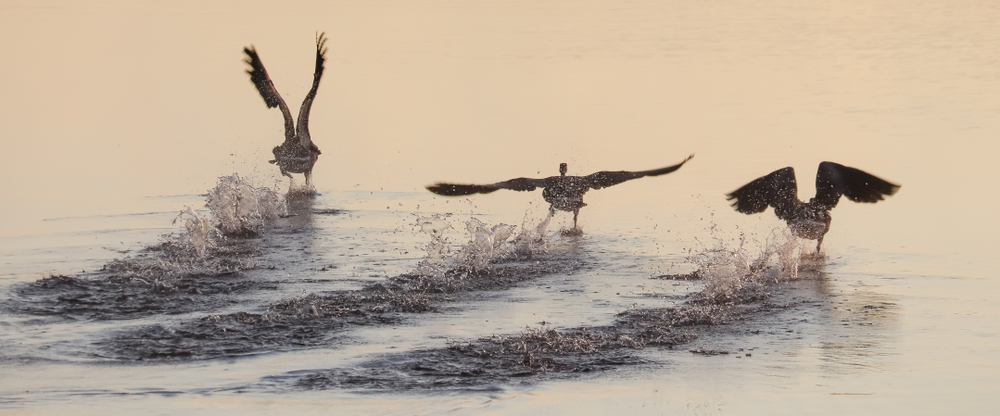Wageningen Bioveterinary Research (WBVR) tests whether waterfowls and chickens are infected and searches for patterns in the avian influenza epidemic.
Is it correct that many waterfowls are infected?
‘Yes, that is correct’, says virologist Nancy Beerens of Wageningen Bioveterinary Research. ‘Some 300 suspected dead birds have been delivered to the laboratory in Lelystad. Almost all of these birds were indeed infected; an extraordinarily high percentage. We expect many more victims. Only three dead animals are sent to Lelystad per location, even if there are hundreds of deceased birds there.’
Is there an explanation for this high mortality?
Beerens: ‘It is still a mystery we are currently researching. For example, we study the pathological disparities the virus has caused in the dead animals. This could relate to the type of virus, or to the susceptibility of the wild birds. There are also wild birds, such as the mute swan, that are unlikely to have brought the virus to the Netherlands but are still dying from it. Our lab in Lelystad discovered that the current, extremely contagious strain (H5N8) is related to the H5N8 virus we had in 2016.’
Where does avian influenza originate?
‘All global information on the avian flu is recorded at a centralised location. Thus, we were aware that there were H5N8 viruses active in Kazakhstan and Russia in August. These viruses are similar to the virus found in the Netherlands. However, it was still surprising to have the virus suddenly appear in the Netherlands. We had expected other countries, such as Poland and Germany, to have outbreaks first. However, we were the first in Western Europe.’
Migratory birds infect waterfowls first and then the chicken farms?
Armin Elbers, an epidemiologist at WBVR: ‘It is highly likely that the virus travels with migratory birds that have been in contact with infected birds in their breeding grounds in Asia. In the Netherlands, these birds can then contaminate the surface water, infecting local bird populations. This allows the virus to circulate for a long time. Under such circumstances, predatory birds and other carrion birds such as gulls can contract the virus when they consume the carcasses of dead infected birds.’
And those birds go on to infect chicken farms?
Elbers: ‘The wild birds don’t directly infect poultry, because the poultry farms became infected some time after the birds had already been kept indoors due to the government mandate to lock poultry in. The virus apparently enters the sheds one way or another, but we don’t yet know how. Perhaps through vermin such as mice or rats or via the shoes of people. Poultry farmers indicate that there is a possibility the virus may enter the poultry sheds through the air, but this is unlikely. In the high-risk period between October and March, the air is humid, and excrement of wild birds will dry and dissipate through the ventilation openings in the sheds.’

 Geese. Photo: Shutterstock
Geese. Photo: Shutterstock 

